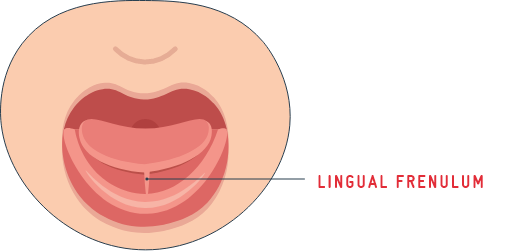Trouble with Latching?
- Home
- Women
- Breastfeeding
- Learning to Breastfeed
- Trouble with Latching

Try holding your baby between your breasts with your skin touching their skin. Talk or sing to your baby or give them one of your clean fingers to suck on for comfort. Try to breastfeed again in a little while and let your baby lead. Support their neck, shoulders and hips with your hands, but let your baby find your nipple on their own.
Lip ties are also cause for issues.

Install this web app on your iPhone: tap ![]() and then Add to Home Screen.
and then Add to Home Screen.
Side-Lying Hold
This hold is useful when:
Cross-Cradle Hold
This hold is useful when:
Clutch or “Football” Hold
This hold is useful when:
Cradle Hold
This hold is useful when:
Laid-Back Hold
This hold is useful when: